The world inches closer to feared global warming 'tipping points': 5 disastrous scenarios
Climate change effects usually become clear over decades and centuries, but they seem to be everywhere this summer: temperature records broken constantly, ocean waters as warm as hot tubs and world leaders so alarmed they've called this the "the era of global boiling."
And as concerning as these developments are, scientists have long worried about even more dramatic, looming and irreversible changes to the planet that could happen quickly. Even in the past year, there's evidence some of these scenarios are becoming more likely.
A paper in the journal Science in 2022 looked at several climate "tipping points" – conditions beyond which changes become self-perpetuating and difficult or impossible to undo. Though the concept raised the hackles of some scientists, who suggested it was overly simplistic, the paper suggested even the possibility of such no-going-back points provided compelling reasons to limit warming as much as possible.
About a year later, several global systems that scientists have been concerned about are showing signs of becoming increasingly fragile.
Antarctic sea ice is at a record low, fires in Canada are reshaping terrain and polluting the air, and record ocean temperatures are threatening coral. There's even new research published in July that suggests crucial Atlantic Ocean currents could collapse sooner than expected, which could trigger rapid weather and climate changes.
But the news isn't all bad: There's some good news in the Amazon. And scientists continue to say that if humanity takes climate threats seriously and quickly moves to end carbon emissions, the scenarios below become less likely or at least less extreme.
Here are five tipping points scientists say could start to teeter sooner rather than later:
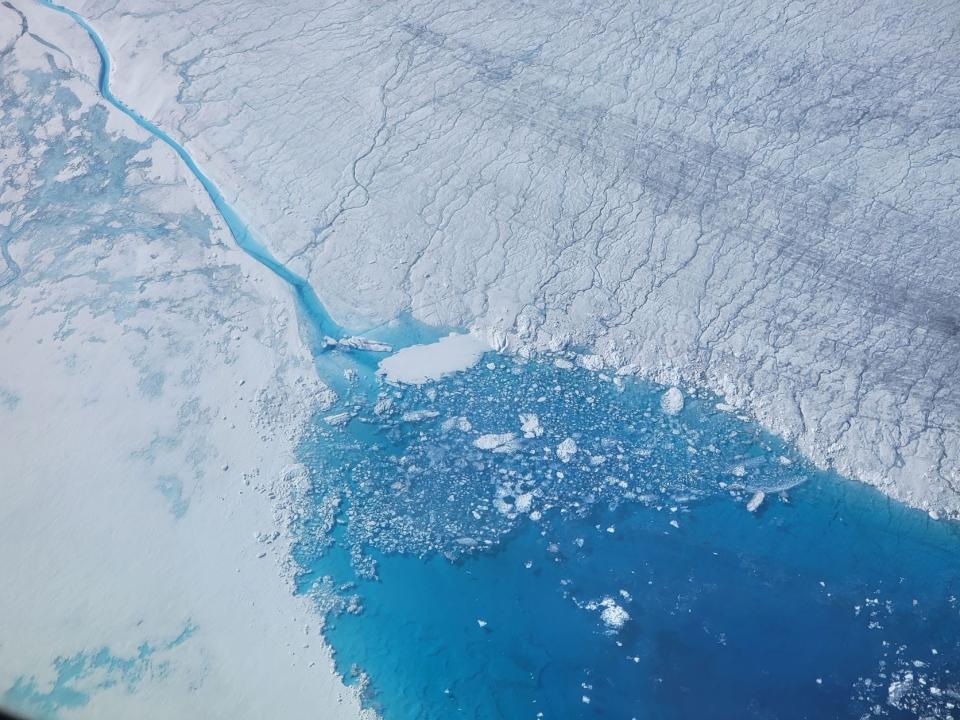
Melting ice sheets could overwhelm the oceans
What could happen: The Antarctic and Greenland ice sheets melt, causing worldwide ocean levels to rise by inches or, in worst-case scenarios, causing sea level rises of many feet.
When it could happen: Though it will probably take much longer, one paper suggested melt could severely affect Antarctica as quickly as 100 years from now and 300 years for Greenland.
What the effect on Earth could be: If Antarctic's Thwaites Glacier were to retreat later this century it could add enough water to the world's oceans to raise sea levels by more than 10 feet. This would take several hundred years, but every fraction that melts makes high-tide flooding worse and puts the 680 million people who live in low-lying coastal zones at risk.
What has changed since last year? Antarctic sea ice is at a record low this year, by a significant amount.
As of July 18, Antarctic sea ice was more than 1 million square miles below the 1981-2010 average. That's an area larger than the seven Southwestern states, including Utah and Texas, according to the National Snow and Ice Data Center. It is also more than half a million square miles lower than last year, which had been the previous record low.
In Greenland, temperatures over the country's central-north ice sheet between 2001 and 2011 were the warmest in the past 1,000 years, said Maria Hörhold, a glaciologist at the Alfred Wegener Institute for Polar and Marine Research in Germany and author of a study published this year.
Atlantic ocean currents could stall, reshape climate in US and Europe
What could happen: Massive ocean currents that move hot and cold water around could grind to a halt. Some studies have called it an "irreversible transition."
When it could happen: New research suggests it could occur this century.
What the effect on Earth could be: Scientists aren't sure, but some say a stoppage could trigger rapid weather and climate changes in the U.S., Europe and elsewhere. It could bring about an ice age in Europe and sea-level rise in cities such as Boston and New York, as well as more potent storms and hurricanes along the East Coast.
What has changed since last year? Recent analysis shows the current appears to be weakening or slowing.
The Atlantic Meridional Overturning Circulation (AMOC), a large system of ocean currents that carry warm water from the tropics into the North Atlantic, could collapse by the middle of the century, or possibly any time from 2025 onward, because of human-caused climate change, a study published last week suggests.
It's far from certain, and many scientists say there's not enough data to tell whether there's a trend that could mean a collapse is in the offing.
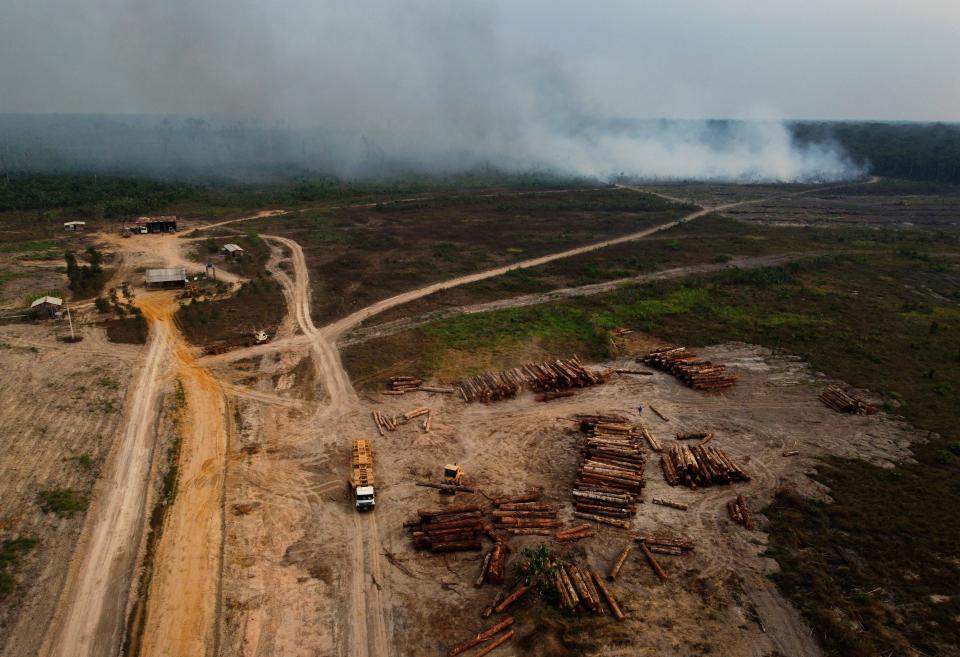
The Amazon rainforest could wither
What could happen: The Amazon rainforest could shift from lush rainforest to arid savannah. Far fewer species would live there, and much less carbon would be sequestered.
When it could happen: One estimate suggested it could happen as soon as 2039.
What the effect on Earth could be: The Amazon's 2.5-million-square-mile rainforest, sometimes called “the lungs of the plant,” is so vast it creates half of its own rainfall and is home to 10% of the world's species. It also stores a substantial amount of the world's carbon.
What has changed since last year? There's actually good news: Deforestation in the Brazilian portion of the Amazon has dropped to a six-year low, possibly because the nation has a new president who has vowed to protect the rainforest. Illegal logging makes the rainforest much less resilient to climate changes.
As temperatures rise and droughts become more common, the ability of the forest to grow back after fires or logging could be at risk. That's especially a problem in the Amazon, where the trees themselves capture water through their roots and release moisture back through their leaves. It's estimated a single tree can emit 265 gallons of water a day.
If drought or logging kills trees, there may not be enough left to bring water to the area, meaning what grows back in their place would instead be grassland.
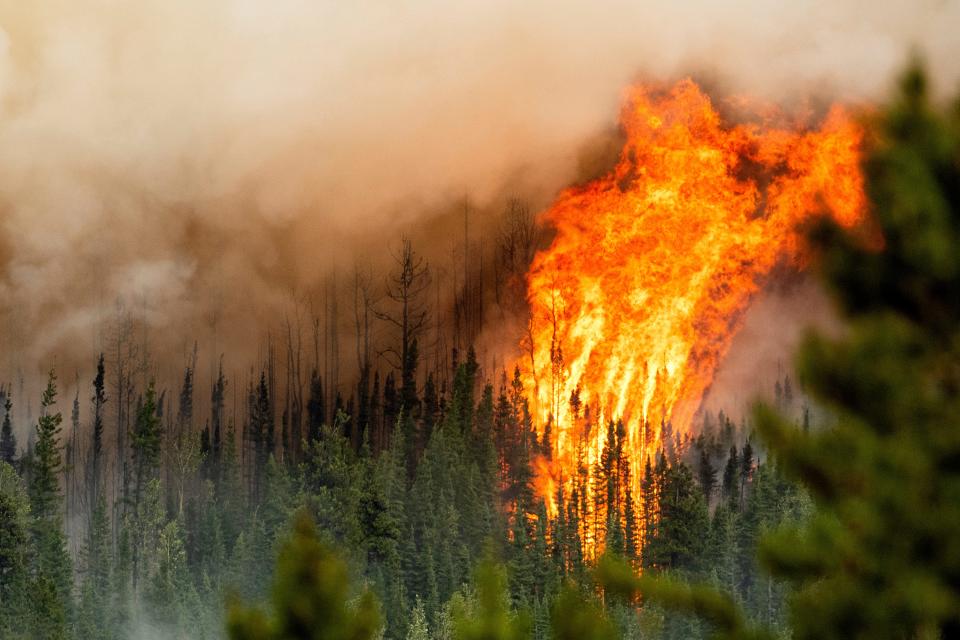
Wildfires could reshape Alaska and Canada, turning forests into grassland
What could happen: Massive wildfires could mean North America's vast northern forests – sometimes called "snow forests" – could face a future as mostly treeless grasslands.
When it could happen: In some areas it could be as much as 50% by 2100.
What the effect on Earth could be: These cold-weather forests run across Alaska and Canada and are estimated to store more than 30% of all forest carbon on the planet. Without them, huge amounts of greenhouse gases would be released into the atmosphere, worsening global warming.
What has changed in the past year? Fires in Canada this summer have burned more than 50,000 square miles of forest. But so far the northern snow forests appear resilient, although which species grow where is beginning to change.
Forests have always burned, but what's happening now is on a different scale in every part of the country, said Marc-André Parisien, a research scientist with the Canadian Forest Service.
This summer has been a historically bad fire season in Canada. As of Aug. 4, a remarkable 1,054 fires were burning, according to the Canadian Interagency Forest Fire Centre.
Though boreal forests are highly adapted to wildfires, the climate in the forested areas is now hotter and windier than before, which makes it harder for the seedlings to reestablish themselves. The concern is that in some areas what grows back after these megafires might not be today's endless forests but instead grassland and shrubland, interspersed with smaller areas of trees.
"The climate in the northern forests has always been changing since the end of the Ice Age," Parisien said. "But just the sheer speed at which things are happening now is surprising."
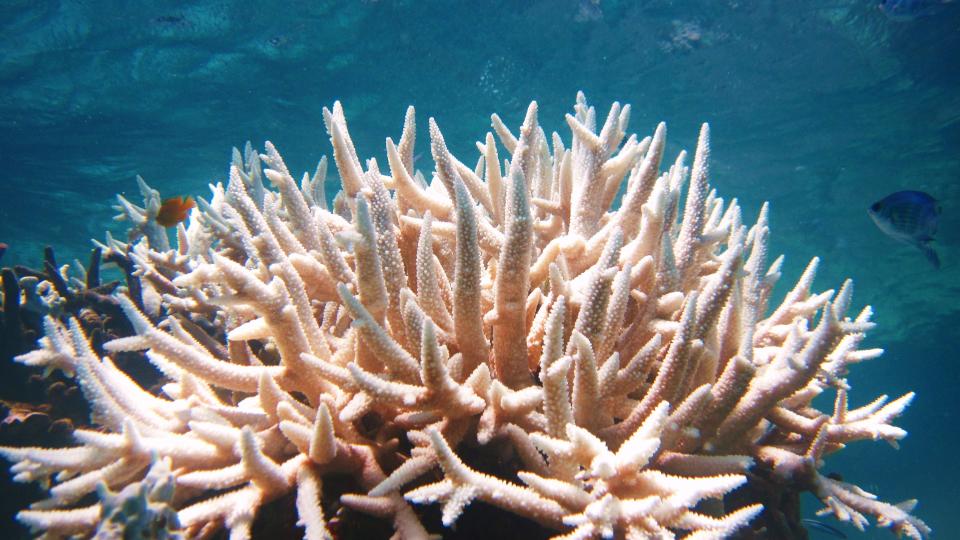
World's coral reefs could be cooked by the ocean
What could happen: Rising ocean temperatures are literally cooking coral to death. If localized die-offs happened across the world's oceans, it would fundamentally change and diminish undersea life.
When it could happen: The Intergovernmental Panel on Climate Change has predicted that 1.5°C of global warming would result in 70% to 90% of the world’s coral reefs disappearing – which could happen in the early 2030s.
What the effect on Earth could be: Corals are vital to the health of the oceans. Although they cover only 0.2% of the ocean floor, they are home to at least a quarter of all marine species. They provide safety for juvenile fish and are home to small organisms and fish that provide food for larger fish. A report released last year showed that almost 15% of the planet's reefs have vanished since 2009.
What has changed since last year? Ocean temperatures have reached highs of as much as 101.1 degrees off the coast of Florida, and the National Oceanic and Atmospheric Administration says the ocean surface had its third consecutive month of record temperatures. Off Florida, scientists are racing to save coral specimens by bringing them out of ocean waters that have reached as much as 101 degrees in past weeks and into tanks where they can be saved until the waters cool.
Coral reefs can survive within only a relatively narrow temperature band. The coral that build the reefs get much of their food from algae living in their tissues. When the seawater is too warm, the coral’s stress response is to expel algae, which causes the coral to turn white. The process is called coral bleaching, and if it lasts too long, the coral can starve – turning a thriving ecosystem into a cemetery of dead white shells.
The Coral Restoration Foundation, a group that works to restore and protect Florida's coral reefs, said it visited the Sombrero Reef off the Florida Keys on July 20 and found "100% coral mortality." The discovery means all corals on the Sombrero Reef, a popular snorkeling area, have died, and the reef will not recover on its own without active restoration, the foundation said.
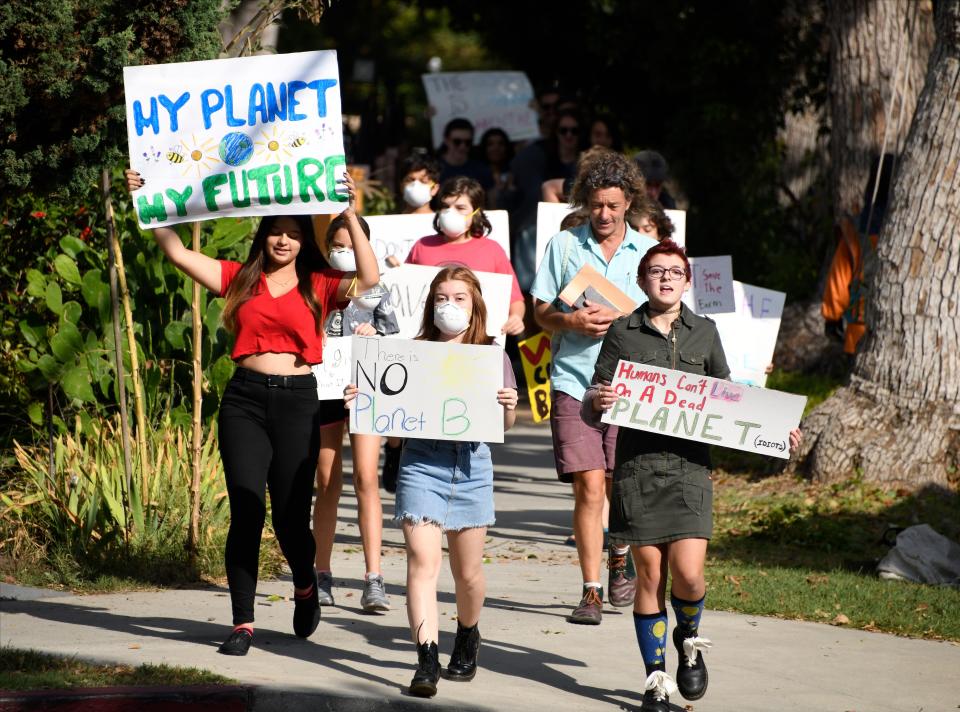
Action, not despair
Even though it appears humanity is on track to miss the United Nations' hoped-for limit of a temperature rise of no more than 1.5 degrees Celsius, giving up is not the answer, said Anthony Leiserowitz, director of the Yale Program on Climate Change Communication.
No specific number signifies that all hope is lost, he said. Instead, it's a call for action.
"It's not like we fall off the edge of the world," he said. “We can still make a big difference, and every single tenth of a degree is enormously important.”
Contributing: Doyle Rice, Emily DeLetter, Dinah Voyles Pulver
This article originally appeared on USA TODAY: How climate change could irreversibly alter Earth's ecosystems
